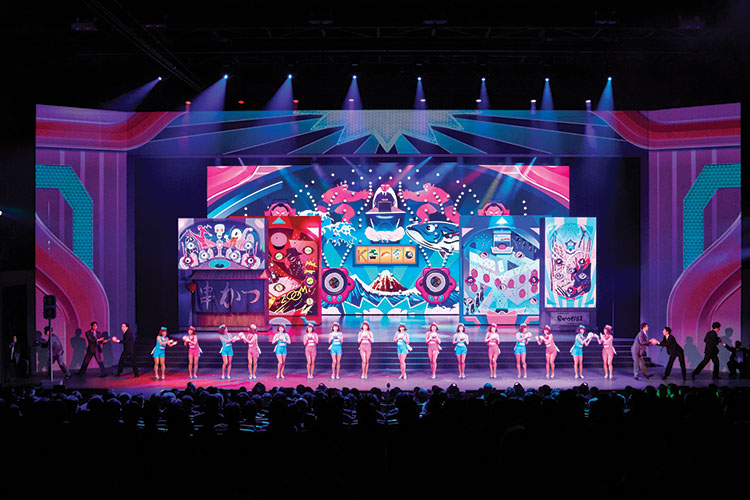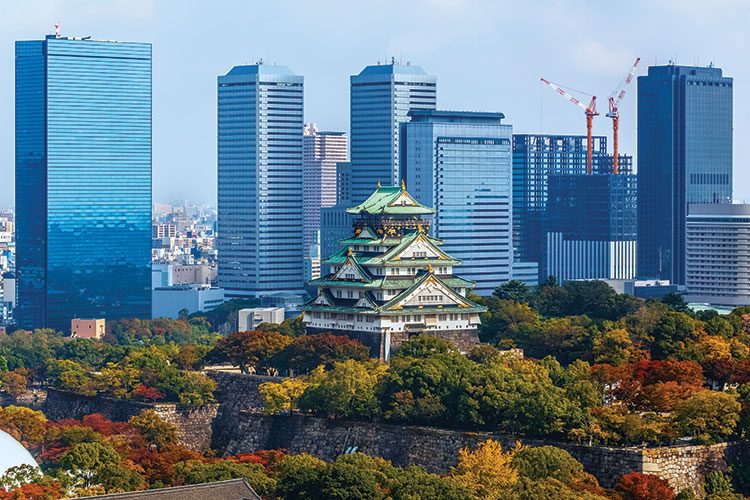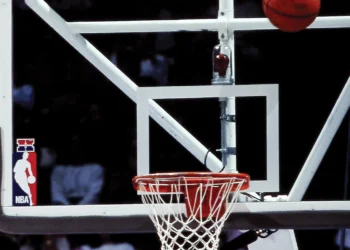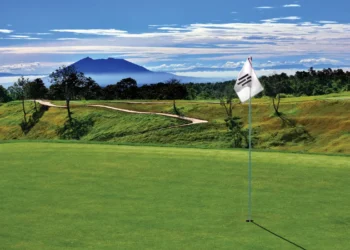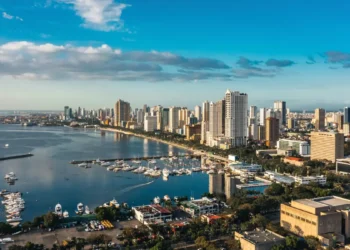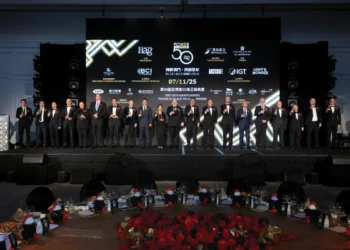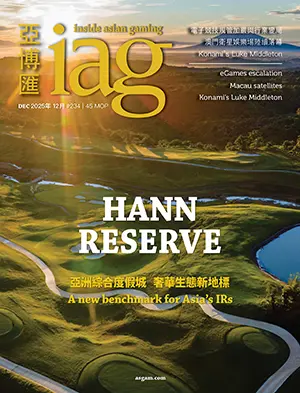As Osaka continues preparations for the 2025 World Expo and development of an integrated resort, Osaka Castle, the city’s most recognizable symbol, is undergoing a change of its own.
Kansai continues to gain international notoriety with events like the G20 Summit, held in Osaka on 28 to 29 June, contributing to a growth in tourism, which perfectly suits the prefecture’s IR bid.
Anticipation of this has brought an influx of both domestic and foreign business interests, especially regarding hotels.
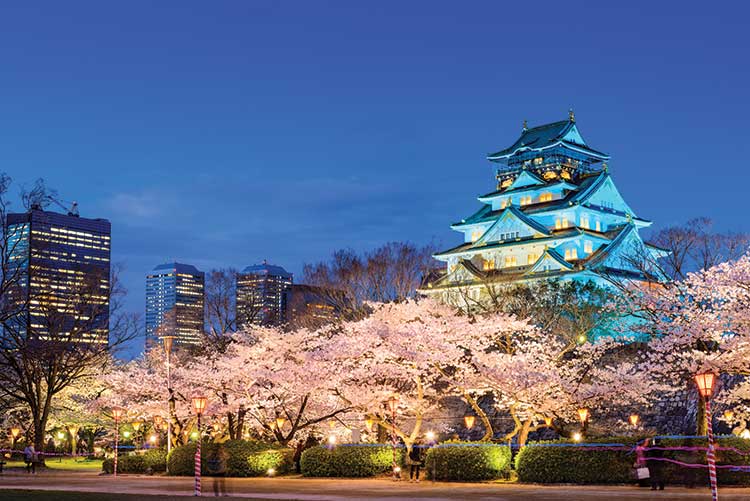 Osaka is known for its “Kita” (North) and “Minami” (South) entertainment districts. There is talk that the prospective IR property will also bring a “Nishi”, but so far no one has given much thought to the number one tourist spot outside of these areas – Osaka Castle, conveniently located in the “Higashi” (East) area.
Osaka is known for its “Kita” (North) and “Minami” (South) entertainment districts. There is talk that the prospective IR property will also bring a “Nishi”, but so far no one has given much thought to the number one tourist spot outside of these areas – Osaka Castle, conveniently located in the “Higashi” (East) area.
Originally, Osaka Castle was managed by the city and existed mostly as a popular running trail and rest area for locals. This all changed when the area was designated as an important tourist destination area in 2012, followed by introduction of the designated administration system in 2015. The new “park management” concept in which the government, companies and local denizens work together to run the park saw it evolve from a background historical spot to international headliner. In fact, it has become such an icon that MGM Resorts had a scale replica of Osaka Castle on display at Bellagio in Las Vegas for three months this year.
Osaka Castle Park Management Co., Ltd. now runs the attraction’s facilities. The company was established jointly between Daiwa House, Dentsu, Yomiuri Telecasting and others, and has been contracted for a 20-year term.
“We plan to improve the appeal of Osaka Castle, increase revenues, pay the city and then invest more into the project. The facilities are now complete, so the next step is to increase the number of events and work on the details,” Yutaka Hiraguri of Osaka Castle Park Management’s planning division tells IAG.
The area around the castle already had some facilities. Lawson has now opened eight branches throughout the park and the site’s former army building has been converted into Miraiza Osaka-jo, which features restaurants and a rooftop barbecue space. As a side note, this building cost JPY800,000 of the JPY1.5 million donated for the rebuilding of Osaka Castle in 1931. In other words, the construction cost of the army building was higher than that of the castle itself.
There are also new facilities. Jo-Terrace Osaka opened in 2017, while in May of this year Osaka Jokamachi, inside of Jo-Terrace, was launched featuring ramen, ala carte wagyu steak, a ninja experience and other attractions geared toward tourists.
In the spring of 2018, a new bakery and café was built in the Morinomiya Fountain area on the southeast side of the park. Sakuya Lumina is also a popular night activity at Osaka Castle.

Projects this year include the building of three theaters of varying sizes, with the WW Hall home to “KEREN” – an original Japanese revue put on by the Yoshimoto Creative Agency featuring magnificent nonsense under the theme, “Nippon’s view of the world”. The show combines Japanese tradition with state-of-the-art multimedia, but also faces a tough critic in the Tourism Board.
Hidehiko Tojo, MICE Director of the Osaka Tourism Board’s MICE Promotion department, emphasizes, “While the entertainment has to be relatable to people of all nationalities, it’s a matter of how to ensure what is being presented is sophisticated.”
It’s a reminder that the increase of both inbound and domestic tourists will have high entertainment demands.
This flow of visitors, items and money will change with the launch of an Osaka IR. As it stands now, 70% of visitors to Japan who pass through Kansai International Airport visit Osaka Castle. Although there were fewer than 2 million visitors to the Osaka Castle Tower, with an entry fee of JPY600, prior to privatization, this number reached 2.75 million in 2017.
“Osaka Castle doesn’t require a lot of explanation,” adds Hiraugi. “We hope to create a place with enough history, culture and enjoyable activities to keep visitors busy all day and increase their numbers. Osaka Castle was the first place to invite foreign visitors during the Edo period.
“In a way, it was the first Japanese MICE. We hope it will remain a place that overseas visitors will use for meetings and parties.”
